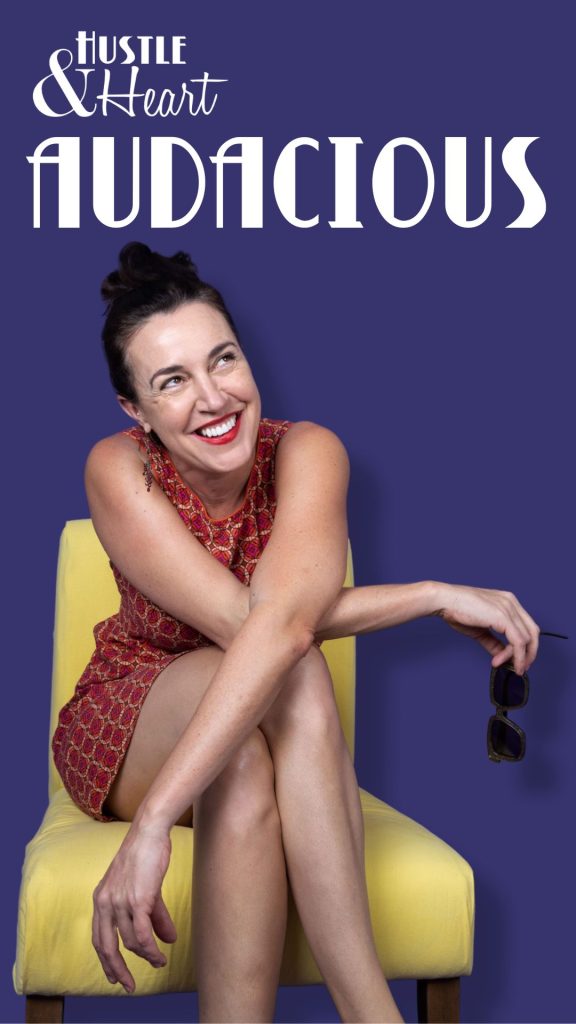A silver lining in the madness of the Covid pandemic was colossal growth for certain businesses. From children’s education to home repairs, business education to website design, some small businesses in some sectors experienced a massive boost.
Anything child-related proved popular, as parents and caregivers valiantly tried to home school, entertain and occupy children, with many also working from home, some for the first time.
Hiring a handyman, painter or builder has proved impossible recently; as people spend more time at home, they find they’re no longer able to tolerate broken windows, cracks, leaking pipes or beige walls.
In 2020, my short courses and custom training were booked solid, as organisations and individuals recognised the need to upskill, to ensure their skills remained relevant now that online business was the new (and only) way for many workplaces and organisations. One participant on one of my marketing courses in 2020 was in food labeling – her business exploded, as café and restaurant owners shut down and refocused on launching chutneys, sauces and premade meals.
But while 2020 was all about a business’s ability to be nimble and adaptable, 2021 is different.
This year will challenge businesses to walk a tightrope between short-term opportunism and long-term growth; between marketing for short-term gains and brand-building for long-term expansion.
Structural growth versus cyclical growth
Structural growth builds solid foundations in your business.
Business structures include:
- Registering your business name trademark
- Taking out relevant business insurances
- Updating your website to showcase your best work
- Writing sales pages that sell your services to strangers
- Creating client case studies
- Writing processes and standard operating procedures
- Having contracts drawn up
- Creating or revising assets that you can leverage, such as checklists, guides, courses, or frameworks.
Cyclical growth, on the other hand, is largely outside of an owner’s control. While the business owner needs to be adaptable and agile enough to recognise and act on opportunities, the impetus larger comes from outside of the business.
With cyclical growth, a business thrives during periods of economic prosperity, while in economic downturns, it suffers. If an owner is only focused on cyclical growth, they’re reacting and responding to external events, rather than leading the direction of their business, and being proactive with what they sell and how they sell it.
Emotional capacity
Since 2008, when I started my business, I’ve witnessed innumerable business owners who’ve opened, closed, and reopened businesses. I’ve seen innumerable owners leave, not because their business wasn’t profitable, but because they couldn’t tolerate the high highs and low lows of being in business.
Sustainable, long-term growth requires many things beyond short-term opportunism. It requires owners to take their self-care seriously. Self-care is not a solo pursuit – it’s a collective and community endeavour.
Owner self-care includes setting up structures, including contractors and staff, not only to support the growth of the business but also to protect the business owner from unnecessary distractions and stress.
Expanding one’s emotional capacity means the business owner can handle greater amounts of stress with a fraction of the deleterious effects that they used to experience. Issues that used to be a problem are quickly and easily dealt with, and new stressors and self-limiting beliefs become an issue. “Don’t sweat the small stuff” is lived.
As a business grows, the business owner’s identity needs to evolve too. At each level of a business’s growth, the owner needs to grow their view on what they’re capable of and the ‘kind of person’ who does the thing they want to do.
Without expanding our identity, growth becomes a frustrating cha-cha of two steps forward, one step back.
A new identity requires stronger boundaries, lots of cheerleading and support, and a new group of business cohorts that are embodying the identity you wish to grow into.
Progressing vision
Even as a business of one, you hold the vision for the business. As your business evolves and grows, your ‘why’ evolves too.
Simon Sinek, author of Start With Why: How Great Leaders Inspire Everyone to Take Action, says:
“Those who inspire are not driven with what they do, they are driven with why they do it. Any organisation can explain what it does; some can explain how they do it; but very few can clearly articulate why.”
Your business needs to change to stay relevant to your client base, broader community, and technology. Additionally, your perspective evolves as time passes. You need to evolve your vision, not only for the broader market but also to keep yourself personally invested and motivated.
Growing into your future
While marketing campaigns sell your offerings, business growth goes far beyond sales.
After you’ve pushed through the start-up stage, when a keen focus on sales is critical, if you’re too focused on sales without prioritising upgrading your systems and evolving your vision, your business can quickly burn out.
Massive growth can damage a business that has neglected client onboarding, customer service and quality delivery. A repeatable system and solid frameworks ensure happy clients, which are the bedrock of any thriving business.
Combine that with a business owner who has solid systems, supportive boundaries, exquisite self-care and regular time to apply to evolving the vision of the business, and you have a recipe for sustainable business growth, for decades to come.





